CREA Mont-Blanc : an open-air laboratory for life sciences
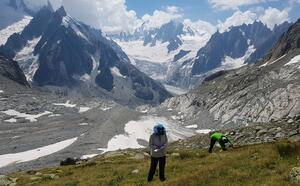
Based in Chamonix, CREA Mont-Blanc is a United Nations-accredited scientific NGO.
CREA Mont-Blanc has put participatory science at the heart of its approach by associating researchers, decision-makers and the general public in its observation of mountain biodiversity and climate change. www.creamontblanc.org
Located in Joseph Vallot’s historic Mont Blanc Observatory in downtown Chamonix, the Research Centre for Alpine Ecosystems "CREA Mont-Blanc" continues a long legacy of scientific discovery. Having just celebrated its 25th anniversary, CREA Mont-Blanc was born of a desire to better understand and share understanding of the fascinating mountain environments around us.
The legacy of the Mont Blanc Observatory
The story of CREA Mont-Blanc actually began several hundred years ago. Since the early 18th century, doctors, astronomers, geophysicists, botanists, meteorologists, ecologists, glaciologists and climatologists have been coming to Mont Blanc to carry out experiments and test new theories and equipment. And the story of the conquest of Mont Blanc is in itself a quest for scientific discovery. The first mountaineers seeking to reach the summit of the Alps’ highest peak carried equipment to take measurements and try to understand this uncharted territory and misunderstood environment.
In 1881, nearly one hundred years after the first ascension of Mont Blanc, Joseph Vallot, a jack of all scientific trades, reached the summit himself. Truly impressed by the massif, he decided to build two observatories: one, the Observatoire Vallot, high on the shoulder of Mont Blanc, and another in Chamonix, the Mont Blanc Observatory, to serve as a base camp for visiting scientists of all disciplines wishing to explore Mont Blanc. When Vallot left the Observatory to the State in his will, he ensured that it would become a symbol of the history of scientific discovery in the massif. Since then, it has housed the Paris Observatory, the French National Center for Scientific Research (CNRS) and today, the Research Center for Alpine Ecosystems (CREA Mont-Blanc).
An innovative idea: CREA Mont-Blanc
In 1988, a young woman, Anne Delestrade, spent alot of time at the refuge de Couvercle in the heart of the Mont Blanc Massif doing field work for her PhD studying the Alpine chough. Although she’d grown up in Paris, she had fallen in love with the mountains and decided to dedicate her work to trying to understand the often overlooked ecosystems flanking the impressive peaks around her. She initially based her work out of Montroc and spent as much time as possible studying her subject in its natural habitat. Fascinated by what she learned, Anne was determined to share it with others, which led to her founding CREA Mont-Blanc in 1996 with the dual missions of carrying out rigorous scientific research and involving the public in understanding and engaging with the environment.
“I’ve always been curious about and amazed by mountain ecosystems, but the reality is that most people don’t really perceive even half of the things going on in the mountains. One of my goals is to help them truly see and understand what is going on in front of them---I’m sure that once they do, they’ll be as amazed as me!”
In 2002 Anne was finally able to move CREA Mont-Blanc into the Mont Blanc Observatory and hire her first employee. Together, they began leading their first scientific trips into the mountains with school children from the Chamonix Valley and from those initial trips was born the idea to initiate a citizen science programme. Since its creation over 25 years ago, CREA Mont-Blanc has grown in scale and has become a reference for scientific discovery in the Alps. However it has not lost sight of its mission: to explore, to amaze and to educate.
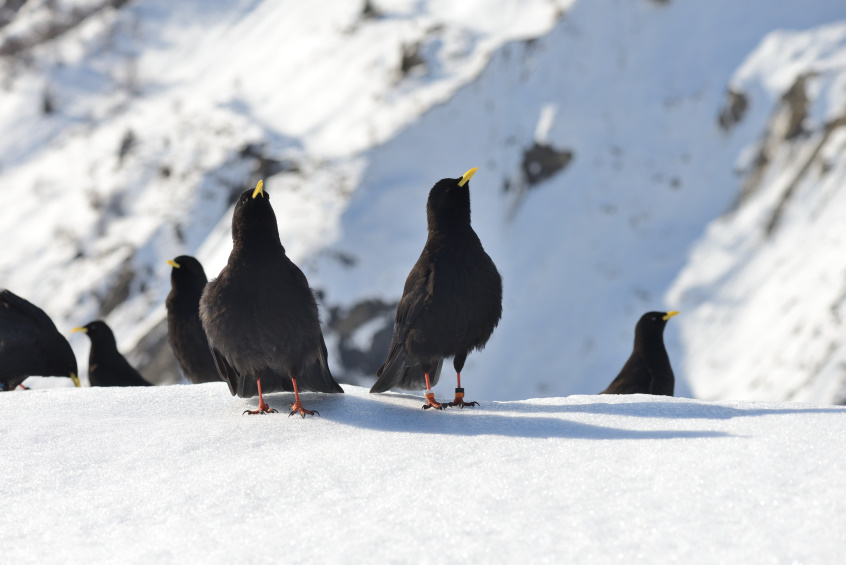
Around Chamonix, there is a tremendous variety of habitats spread over a restricted geographical area. Within the 4,300 metres of elevation and the 20 km of distance between the lower Arve valley and the summit of Mont Blanc, the climatic difference is equivalent to that observed over 4,300 kilometers latitude, i.e. a journey from the Mediterranean to Greenland!
Global warming is all the more marked in the Alps where the temperature rises twice as fast as the average in the northern hemisphere. How does nature react and how do these iconic landscapes evolve? Among the most impactful changes are a modification in seasonal cycles for flora and fauna. All species do not advance their seasonal cycle at the same rate! Given that species are interdependent, these modifications generate shifts (desynchronization) between them. At the same time, the increase in temperatures implies the upward movement of numerous species at all levels of the relief in order to find suitable climatic conditions, and to the detriment of those species particularly adapted to a cold climate.
Several scientific methods are combined in order to study the mountain and understand how the different elements of the same environment (fauna, flora, climate, etc.) interact. We can cite automatic sensors (photo traps, temperature stations, satellite images, etc.), field surveys, genetics or even participatory science.

Consolidate the bridge between science and society
Through participatory science, CREA Mont-Blanc calls on the curious to make observations according to simple but rigorous scientific protocols. They make it possible both to bring new data to researchers and to explore the mountain, to learn and to be amazed.
Phénoclim and Wild Mont-Blanc are two participatory science programmes launched by CREA Mont-Blanc
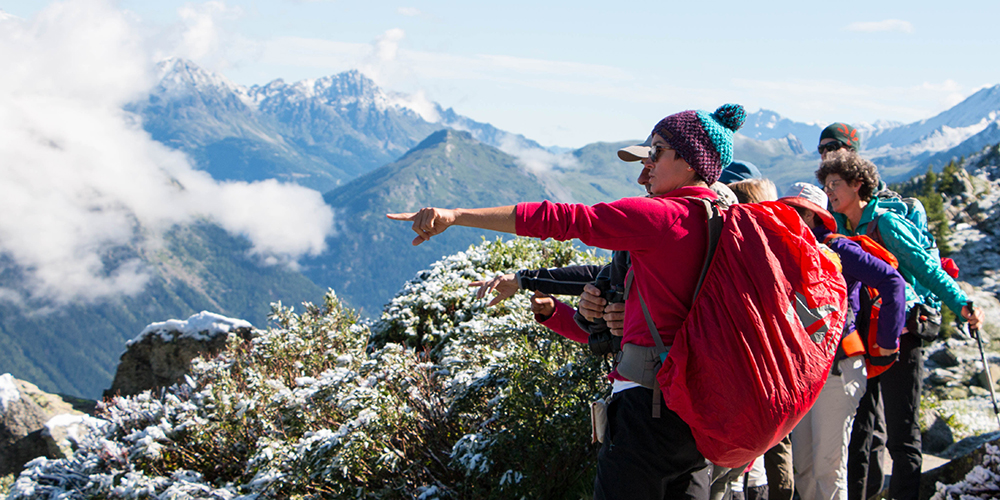
Phénoclim encourages the public to observe the seasonal rhythms of herbaceous plants and trees in the mountains (flowering dates, bud opening), participants can contribute to the scientific analysis of changes in biodiversity in the mountains induced by climate change. www.phenoclim.org
Wild Mont-Blanc consists in identifying the species photographed on the hundreds of thousands of images taken by the cameras in the Mont-Blanc massif. Launched in spring 2020, Wild Mont-Blanc has inspired more than 5,000 observers for some 980,000 tagged photos of around twenty animal species. Thanks to this platform, the volunteers discover the species of the massif and their habitats, and they allow researchers to follow the evolution of their biology throughout the season.

To find out more, Atlas du Mont-Blanc is a resource site relaying, in comprehensive terms, the results of these studies on Mont-Blanc. It offers indicators of knowledge of the evolution of the massif, synthetic analysis of the ecological processes at work and a database of scientific studies and equipment in the massif.
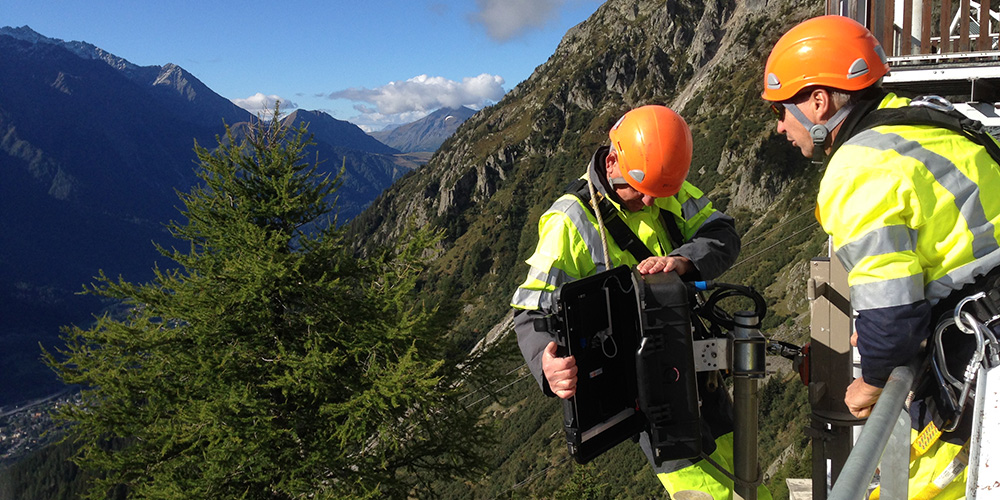
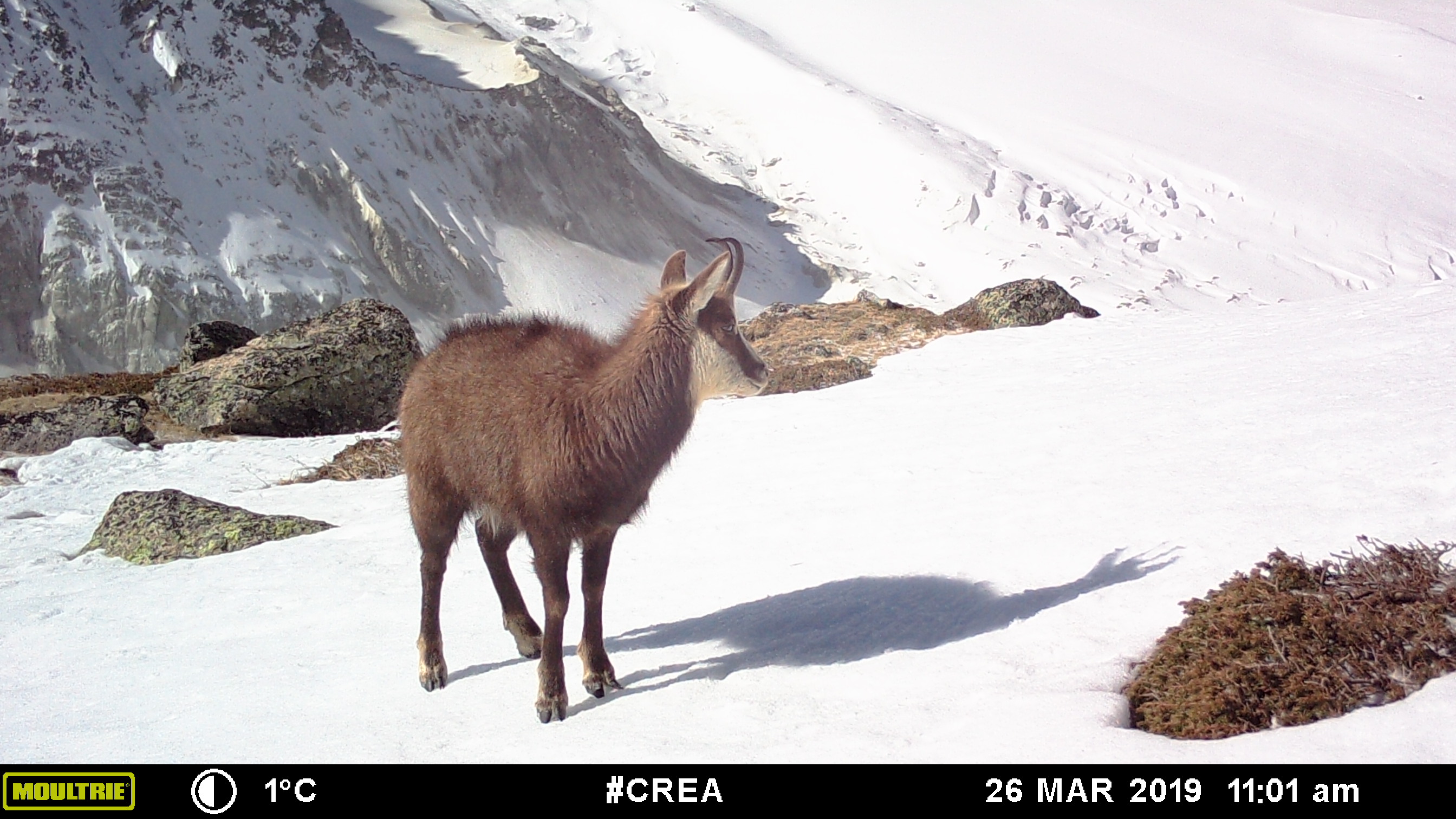
Find out more about the CREA Mont-Blanc team
Sources d'article: Lisa Robberse et Hillary Gerardi pour le CREA Mont-Blanc et www.creamontblanc.org